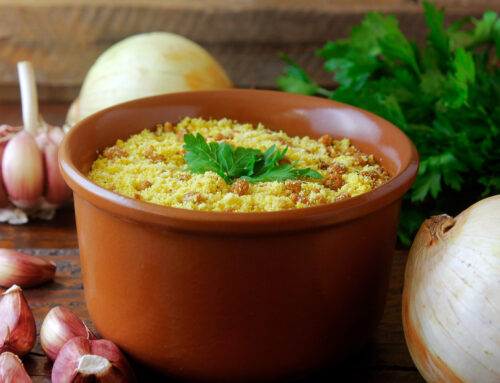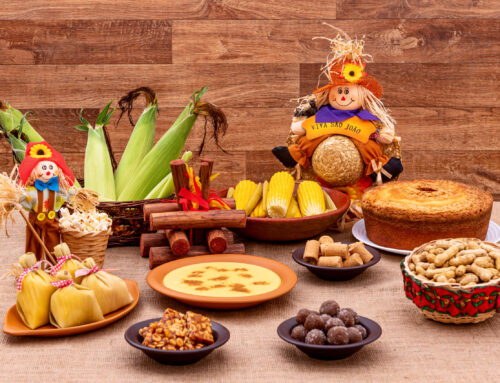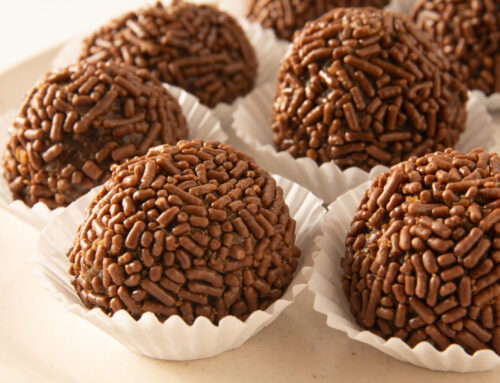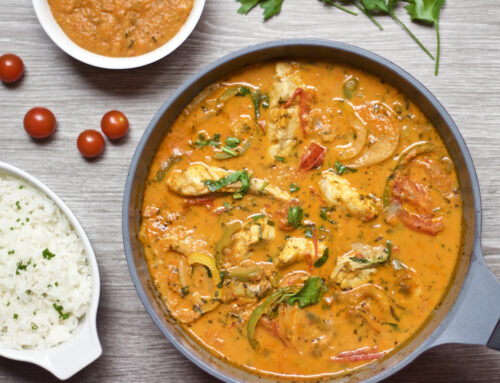Table of Contents
In recent years, indigenous Brazilian gastronomy has gained prominence in the national and international culinary scene. With deep roots in the traditions and biodiversity of Brazil, these dishes offer a unique experience, rich in authentic flavors and history. The appreciation of indigenous cuisine not only promotes cultural diversity but also highlights the importance of sustainability and the conscious use of natural resources.
Iconic Ingredients and Dishes
Tacacá
Tacacá is a typical dish from the Amazon region, especially popular among the indigenous communities of Pará and Amazonas. It is a soup made with tucupi, jambu, tapioca gum, and dried shrimp. Tucupi is a yellow broth extracted from wild cassava, which undergoes a fermentation and cooking process to remove its natural poison, hydrocyanic acid. Jambu, an Amazonian herb, provides a numbing sensation in the mouth, adding a unique characteristic to the dish. Tapioca gum, similar to sago, gives the broth consistency.
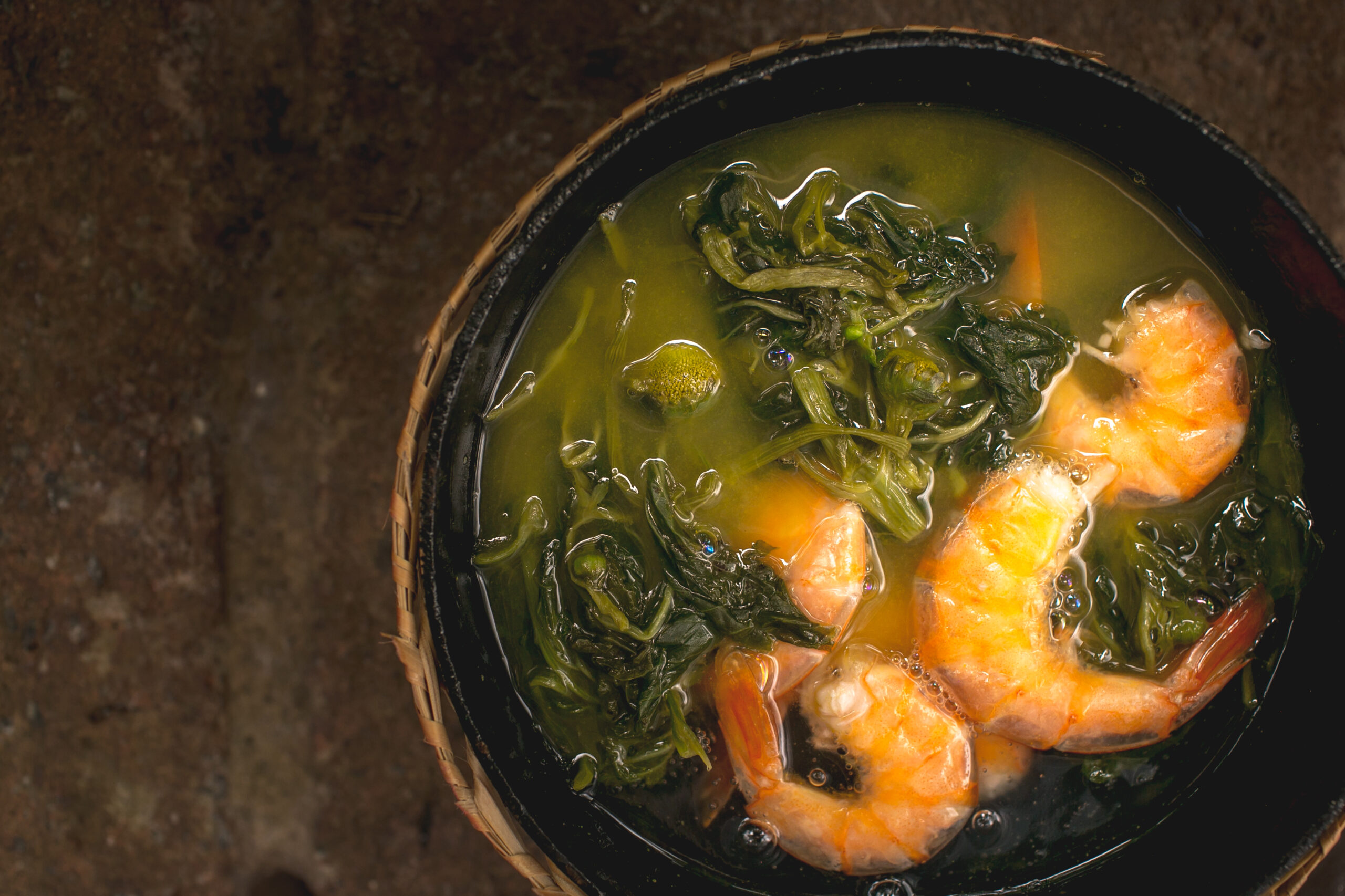
Tucupi
Tucupi, besides being an essential ingredient in tacacá, is widely used in various Amazonian recipes. This versatile broth can be seasoned with garlic, chicory, chili peppers, and cilantro, and is often served with duck (Pato no Tucupi) or fish, standing out for its acidity and distinct flavor.
Buju
Buju is a traditional dish of the indigenous peoples of the Amazon, made with game meat, usually fish or alligator meat, cooked in its own fat and seasoned with local herbs. This dish demonstrates the ability of indigenous people to use available forest resources in a sustainable and tasty way.
Chimarrão
Although chimarrão is better known as a typical drink of the gauchos, its origin is indigenous, attributed to the Guarani people. Made with ground yerba mate and hot water, chimarrão is consumed in a gourd with a metal straw. It is more than just a drink; it is a ritual of sharing and conviviality, being an important part of the southern Brazilian culture.
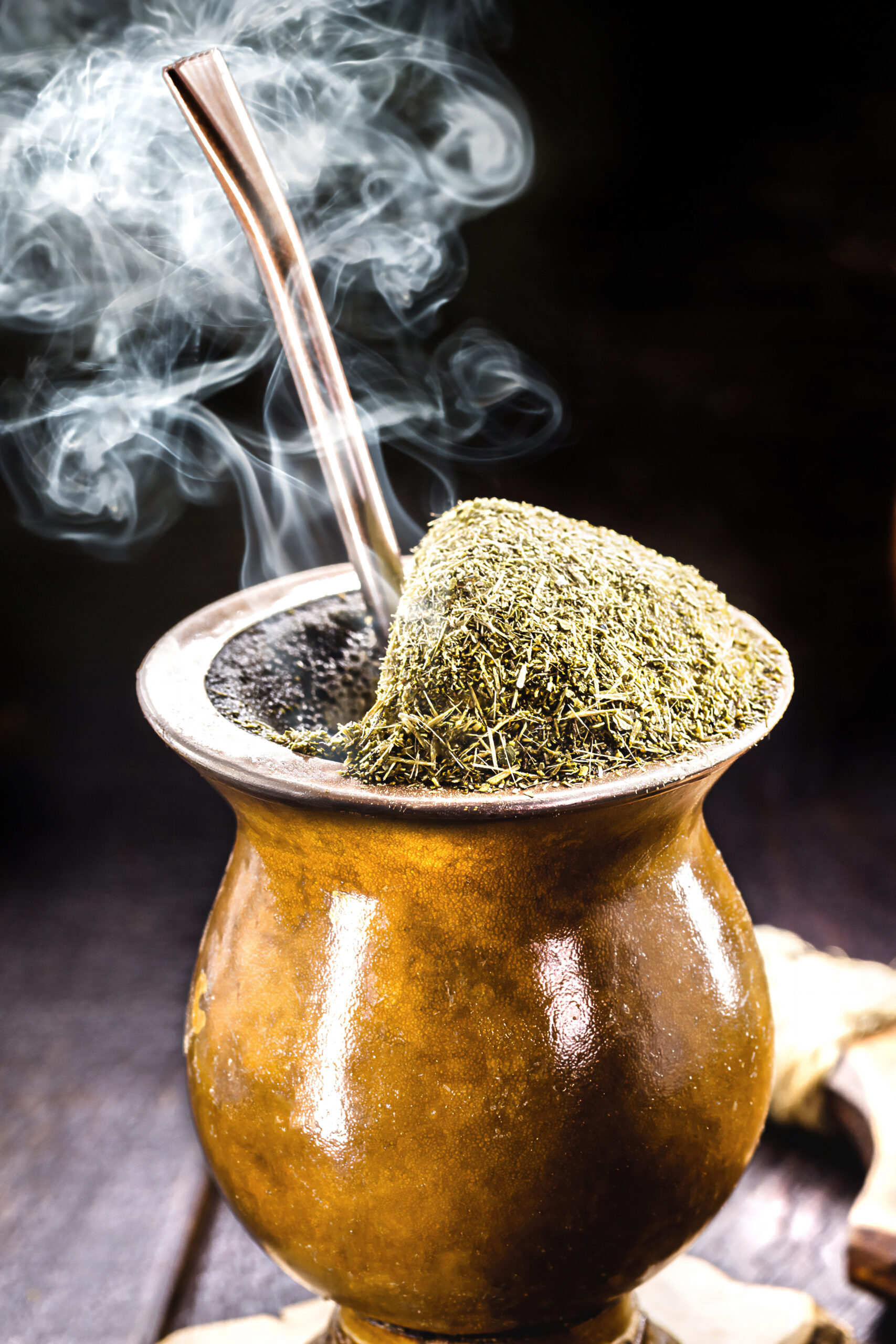
Beiju
Beiju, also known as tapioca in some regions, is an indigenous food made from cassava. The gum extracted from cassava is hydrated and then spread on a hot plate, forming a kind of pancake that can be filled with sweet or savory ingredients. It is a versatile and nutritious dish that has become popular throughout Brazil.
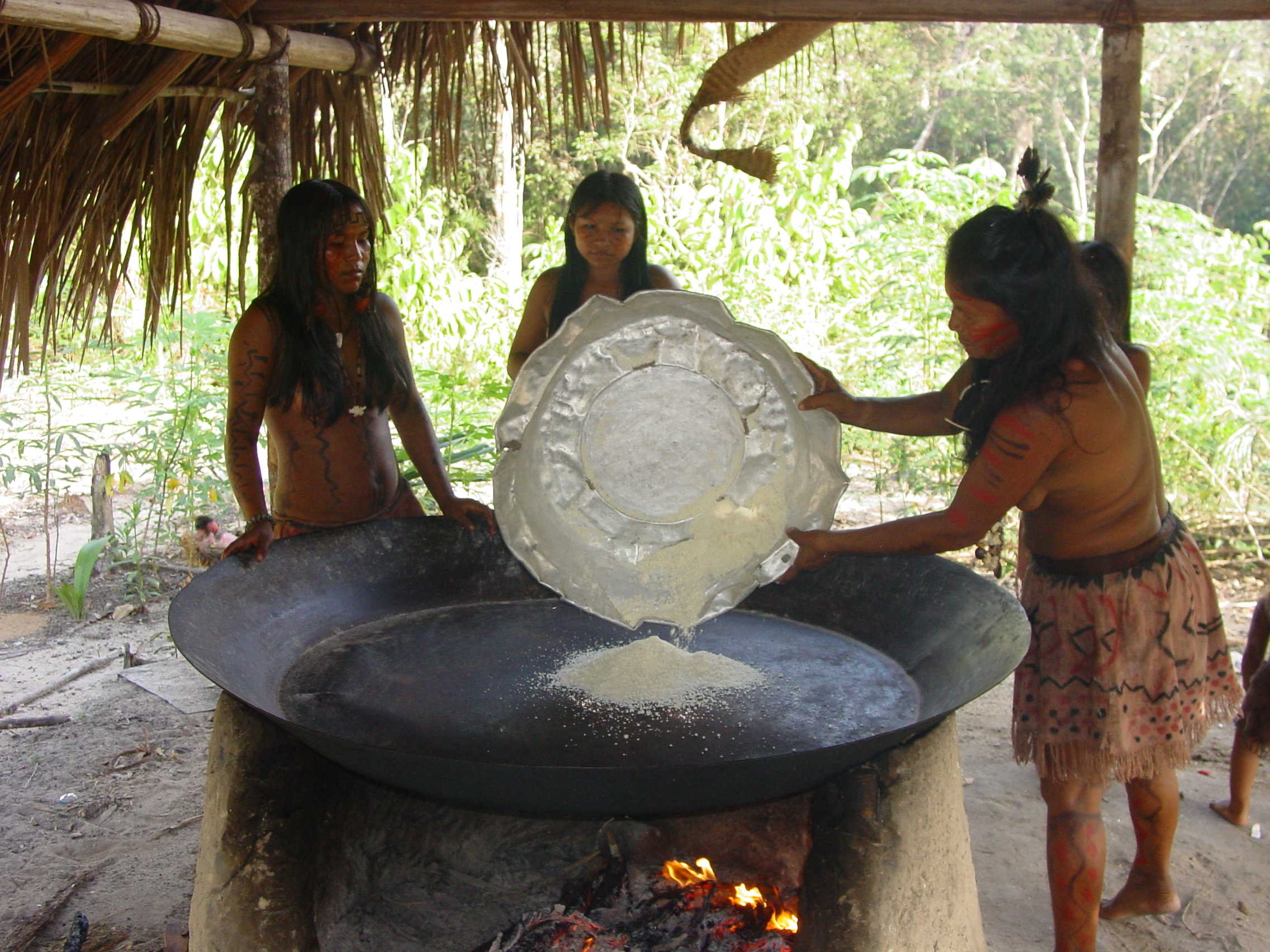
Moqueca de Banana
Moqueca de banana is a dish that exemplifies indigenous culinary creativity. Prepared with green bananas, coconut milk, bell peppers, tomatoes, and herbs, this vegetarian moqueca offers a tasty and healthy alternative to traditional fish moqueca.
Pirarucu de Casaca
Pirarucu de casaca is a festive dish of Amazonian cuisine, using pirarucu, one of the largest freshwater fish in the world. The fish is shredded and cooked with coconut milk, palm oil, bell peppers, onions, and cilantro, and served with manioc flour farofa and fried bananas. This dish highlights the importance of rivers and fishing resources in the indigenous diet.
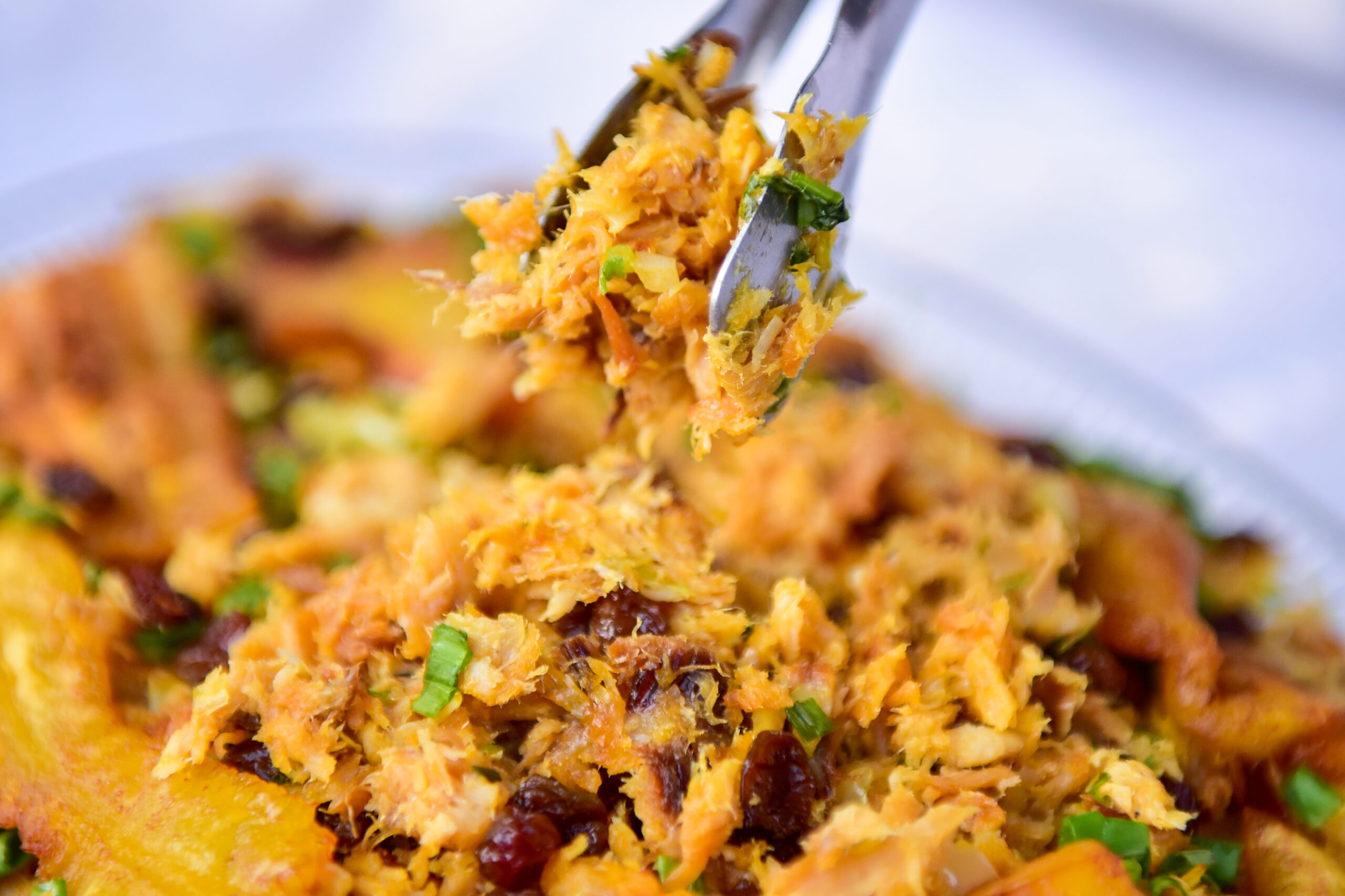

Traditional Ingredients
Cassava and Derivatives
Cassava is one of the pillars of indigenous food, used to make flour, tucupi, tapioca gum, and beiju. It is a versatile plant, cultivated in various regions of Brazil.
Potatoes, Sweet Potatoes, and Yams
These tubers are common in the indigenous diet, used in soups, baked, or simply boiled. They provide a rich source of carbohydrates and essential nutrients.
Corn
Corn is another fundamental ingredient, used in various preparations such as porridges, cakes, and breads. In indigenous cuisine, saboró corn is especially appreciated.
Squash and Cará
Squash is often used in soups and stews, while cará is a nutritious and versatile root, used similarly to yams.
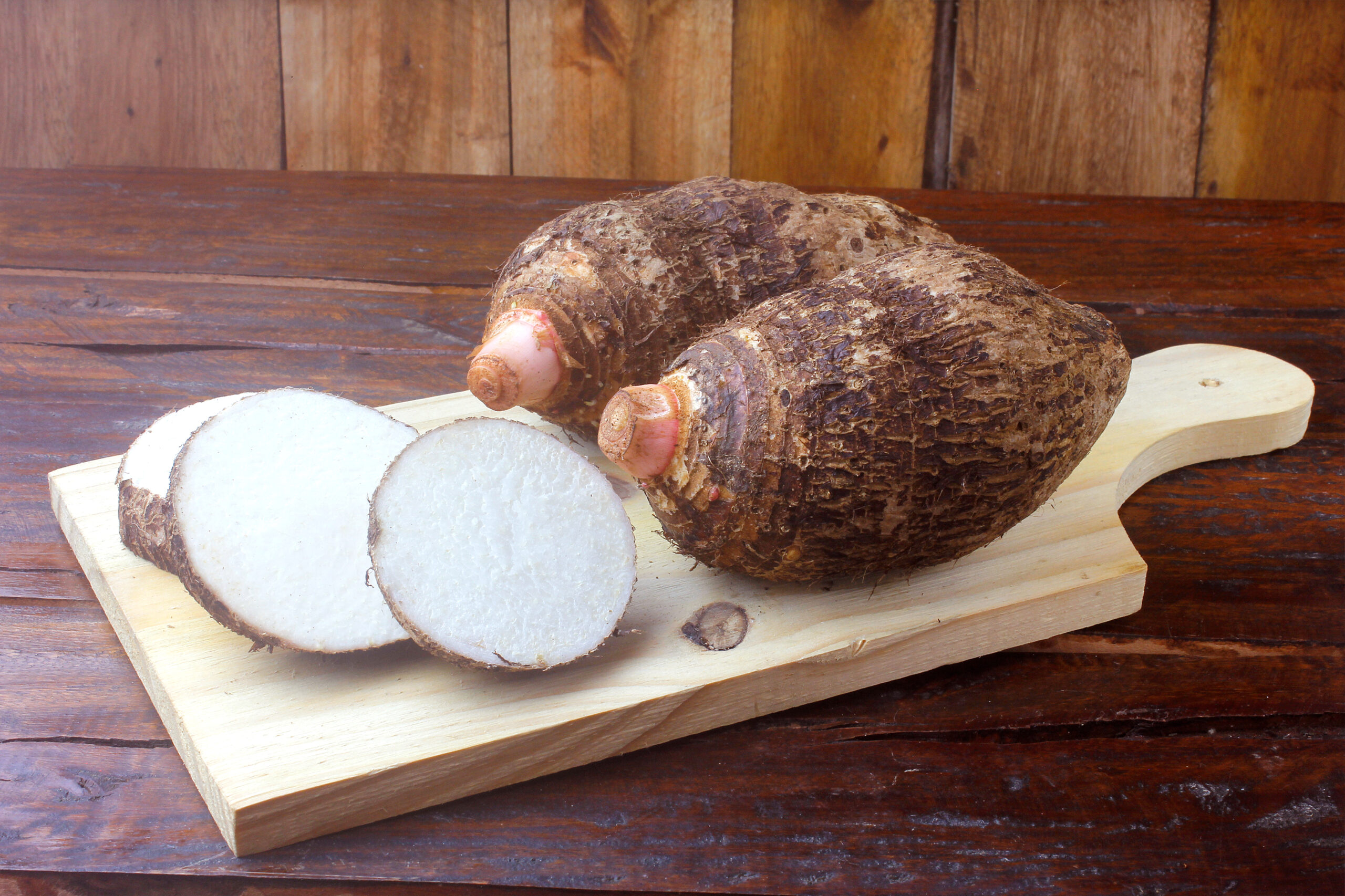
Brazil Nuts and Bocaiúva Nuts
These nuts are rich in nutrients and flavor. They can be consumed raw, roasted, or used in various recipes.
Pequi and Cumbaru
Pequi is a typical fruit of the Cerrado, used in dishes such as pequi rice. Cumbaru, or baru, is a protein-rich nut highly appreciated in the central region of Brazil.
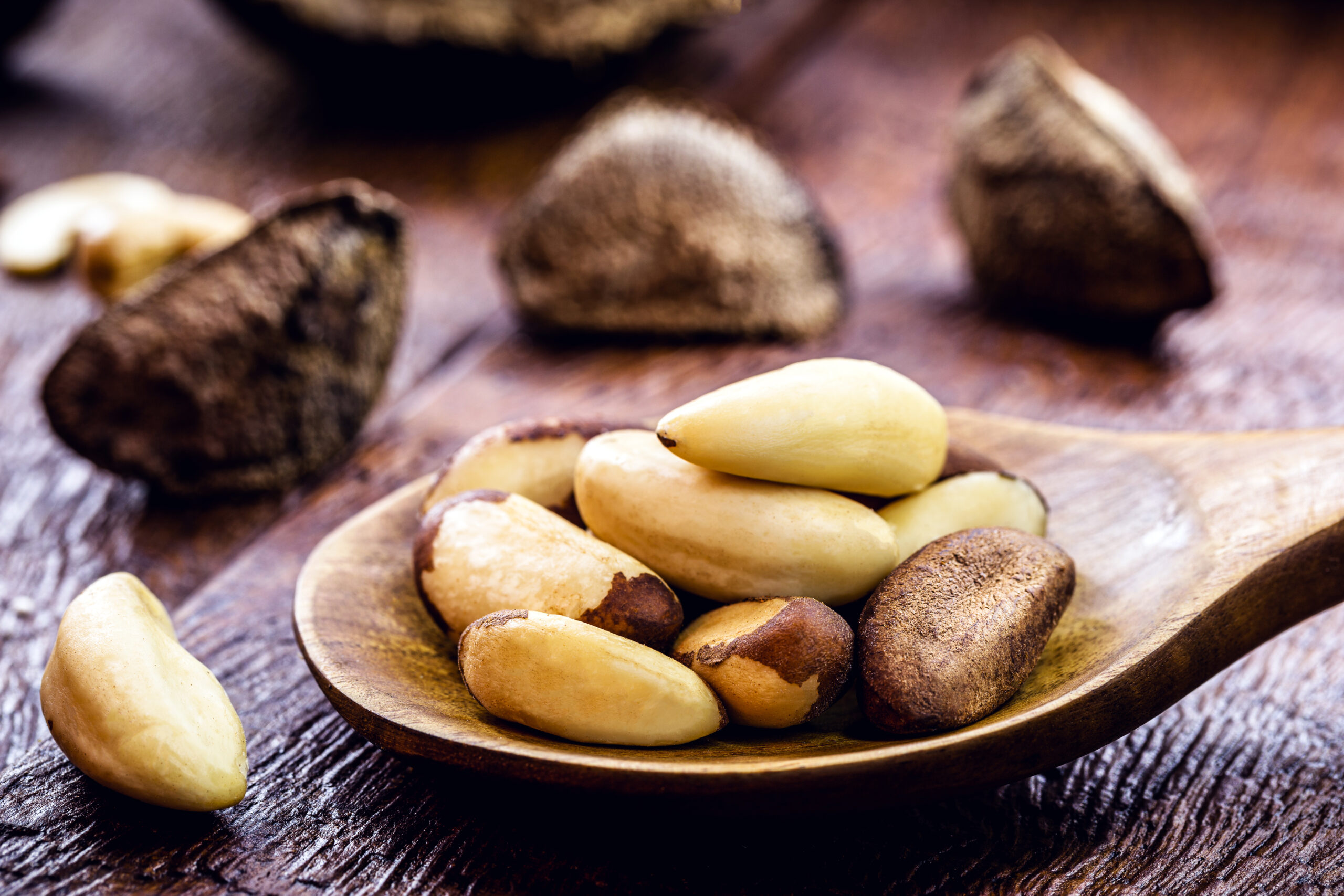
Jataí Honey
Jataí honey, produced by native stingless bees, is valued for its delicate flavor and medicinal properties.
Guariroba Palm Heart
Guariroba palm heart is known for its bitter taste and is used in salads, stews, and other dishes.
Bacuri
Bacuri is an Amazonian fruit used in desserts and juices, known for its sweet and aromatic pulp.
Guavira
Guavira, also known as gabiroba, is a fruit native to the Cerrado, consumed fresh or in juices and sweets.
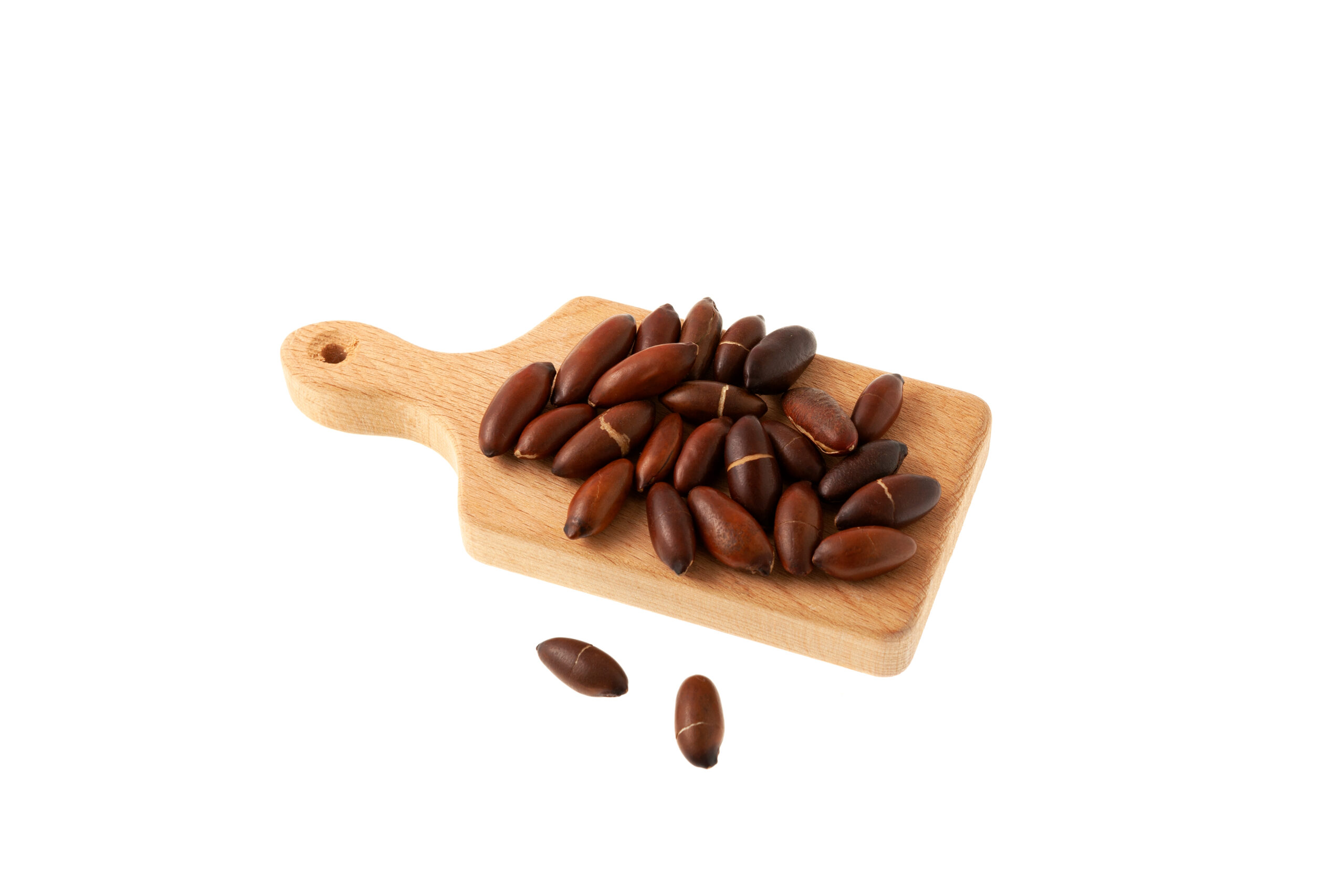
Taioba Leaves and Three-Leaf Clover
These leaves are used as vegetables in various dishes, providing flavor and nutrients.
Fedegoso Coffee
Fedegoso coffee is a beverage made from roasted seeds of a native plant, used as a substitute for traditional coffee.
Quati Fat and Monteiro Pig Fat
These fats are used to cook and season food, highlighting the importance of hunting and animal husbandry in the indigenous diet.
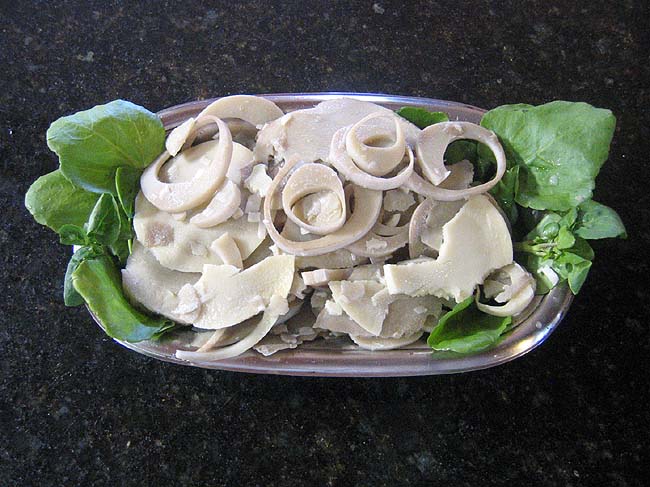
Cultural and Environmental Importance
The rise of indigenous gastronomy in the modern scene is not only a celebration of Brazil’s exotic and authentic flavors but also a recognition of the ancestral wisdom of indigenous peoples in sustainable resource management. Indigenous cuisine reflects the rich biodiversity of the country, using native ingredients and traditional techniques that promote environmental conservation.
Moreover, the appreciation of this cuisine brings important issues about indigenous rights and the preservation of their cultures to the forefront. By adopting and celebrating indigenous gastronomy, Brazilian society has the opportunity to support the fight for land demarcation and respect for the traditions and ways of life of indigenous peoples.
Indigenous Brazilian gastronomy is gaining more space and recognition, both in Brazil and abroad. With iconic dishes such as tacacá, tucupi, buju, and beiju, and traditional ingredients like cassava, potatoes, corn, and pequi, this cuisine offers a rich and diverse culinary experience, full of history and meaning. By valuing and incorporating these flavors into our diet, we are not only enjoying a delicious meal but also promoting sustainability, cultural diversity, and respect for indigenous peoples.

